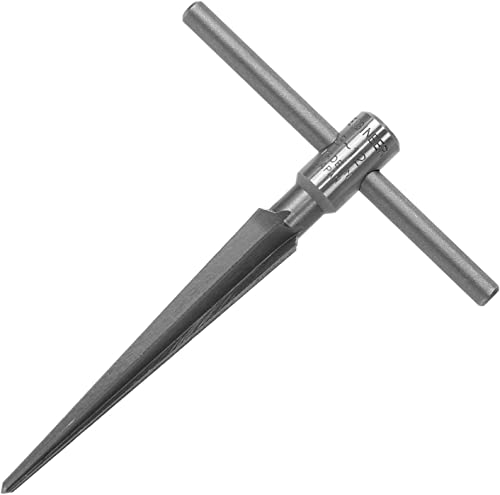Not using the right type of reamer for the job
One common mistake when using a reamer is not using the right type of reamer for the job at hand. There are different types of reamers available, each designed for specific applications. Using the wrong type of reamer can result in poor performance, damage to the workpiece, or even injury. It is important to carefully select the appropriate reamer based on factors such as the material being worked on, the size of the hole, and the desired finish.
Using a dull or worn-out reamer
Using a dull or worn-out reamer is another mistake to avoid. When a reamer becomes dull or worn, it will not be able to effectively remove material or create a clean, precise hole. This can result in a rough finish, inaccurate dimensions, and increased cutting forces. It is important to regularly inspect reamers for signs of wear and tear, and replace them when necessary. Sharpening or reconditioning dull reamers can also help extend their lifespan.
Using improper cutting speeds and feeds
The cutting speed and feed rate used when using a reamer are critical factors that can affect the performance and longevity of the tool. Using improper cutting speeds and feeds can result in poor surface finish, increased tool wear, and even tool breakage. It is important to refer to the manufacturer’s recommendations or cutting data charts when determining the appropriate cutting speeds and feeds for the specific reamer and material being worked on.
Neglecting proper lubrication
Proper lubrication is essential when using a reamer. Neglecting to use lubricant or using the wrong type of lubricant can lead to increased friction, heat build-up, and accelerated tool wear. A good quality cutting fluid or lubricating oil should be used to reduce friction, dissipate heat, and flush away chips. The lubricant should be applied directly to the cutting edge of the reamer and replenished as needed during the machining process.
Not properly aligning the reamer
Improper alignment of the reamer can lead to issues such as taper or oversize holes, tool breakage, and poor surface finish. When using a reamer, it is important to ensure that the reamer is properly aligned with the existing hole or bore. This can be achieved by using a steady hand and gentle pressure, avoiding any excessive force or erratic movements. A reamer alignment tool can also be used to ensure proper alignment and prevent any deviations.






